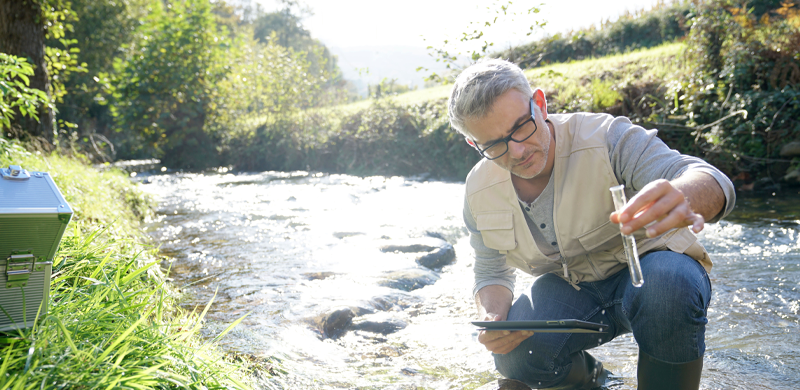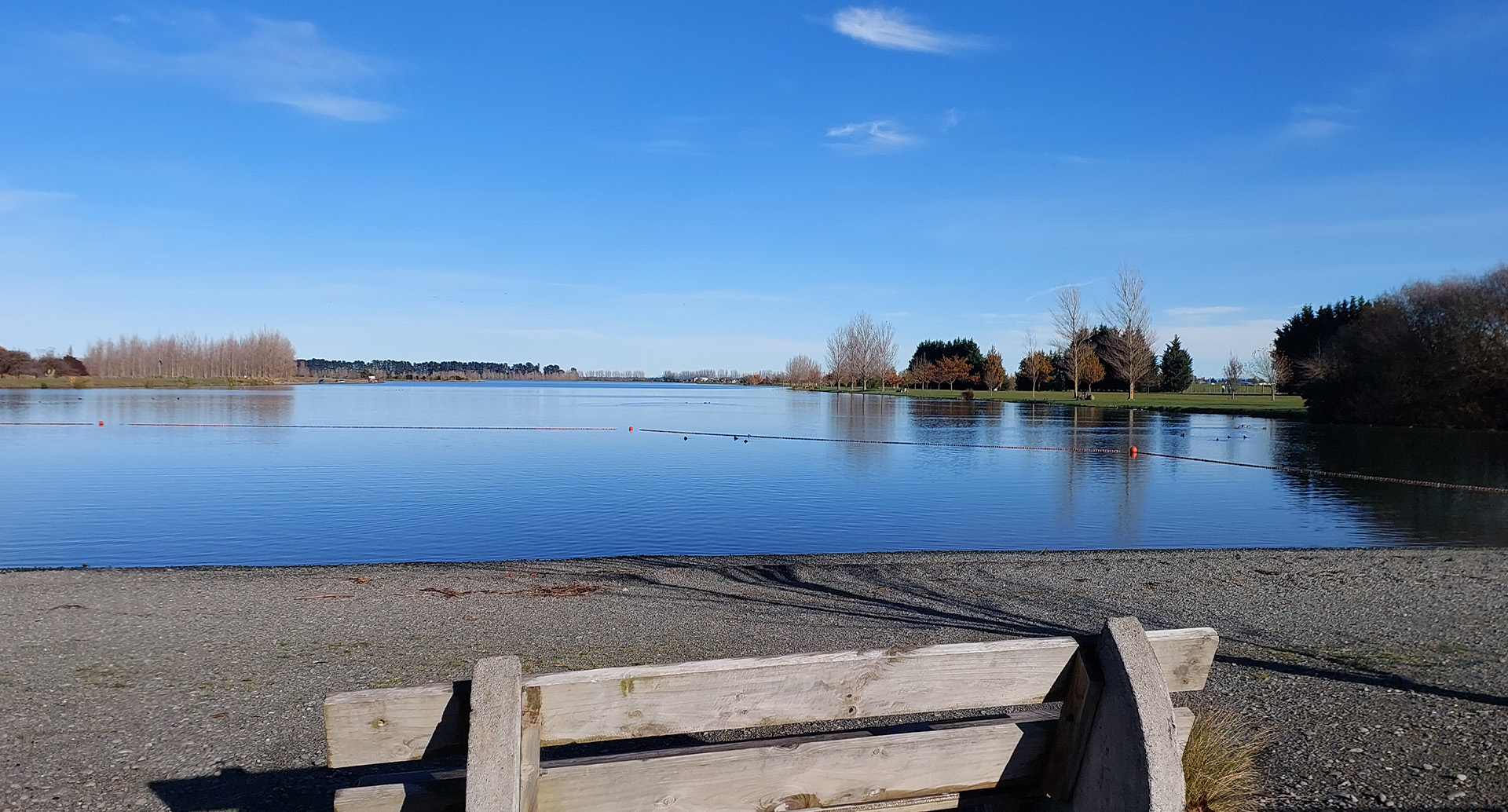From CDHB - health warning - algal bloom In lake clearwater, Ashburton lakes basin, Ashburton

Canterbury DHB’s Community and Public Health unit has issued a health warning after potentially toxic blue-green algae (planktonic cyanobacteria) was found in Lake Clearwater, situated in the Ashburton Lakes Basin area.
The type of cyanobacteria currently present in high concentrations is Synechocystis.
People should avoid the Lake and animals, particularly dogs, should not be allowed near the water until the health warning has been lifted.
Dr Ramon Pink Canterbury Medical Officer of Health, says the algal bloom can produce toxins harmful to humans and animals.
“People should avoid contact with the water until further notice.
“Exposure may cause skin rashes, nausea, stomach cramps, tingling and numbness around the mouth and fingertips. If you experience any of these symptoms visit your doctor immediately and please let your doctor know if you have had contact with the lake water,” Dr Pink says.
No one should drink the water from the lake at any time. Boiling the water does not remove the toxin.
Animals that show signs of illness after coming into contact with the water or algal scums should be taken to a vet immediately.
Fish and shellfish can concentrate toxins and their consumption should be avoided. If fish are eaten, remove the gut and liver and wash in clean water. Further information on gathering Mahinga Kai can be obtained below.
“When a bloom of potentially toxic cyanobacteria is present in a lake, there is a possibility of cyanobacteria and toxins being transported downstream.
People are advised to avoid contact with the downstream water bodies,” says Dr Pink.
Environment Canterbury monitors the lake weekly while the warning is in place and the public will be advised of any changes in water quality that are of public health significance.
Facts about cyanobacteria:
- Cyanobacteria occur naturally but can increase rapidly during warmer months.
- Algal blooms are caused by a combination of nutrients in the water (such as nitrogen and phosphorus), and favourable weather conditions (e.g. increased temperature, calm days).
- If the water is cloudy, discoloured, or has small globules suspended in it, avoid all contact.
- Not all cyanobacterial blooms are visible to the naked eye and toxins can persist after the blooms disappear.
- Cyanobacterial concentrations can change quickly with changing environmental conditions (e.g. wind). If a health warning is in place avoid contact with the water.
Share this article
Latest News
CE Hamish Riach: It's time for candidates to come forward
New sewer main caters for residential growth
Building consents tracking upwards again
Historic footbridge closed until temporary support installed
Lake Hood data will help scientists
Road Closures
TANCRED STREET
from 14 Jul 7:00 to 29 Aug 18:00
PHILIP STREET
from 7 Jul 7:00 to 25 Jul 18:00
NICHOLSON STREET
from 9 Jun 7:00 to 25 Jul 18:00
WILLS STREET
from 6 Jun 19:00 to 6 Jun 21:30
KING STREET, ALEXANDER STREET
from 3 Feb 6:00 to 13 Sep 18:00
View all Road Closures | Live map







